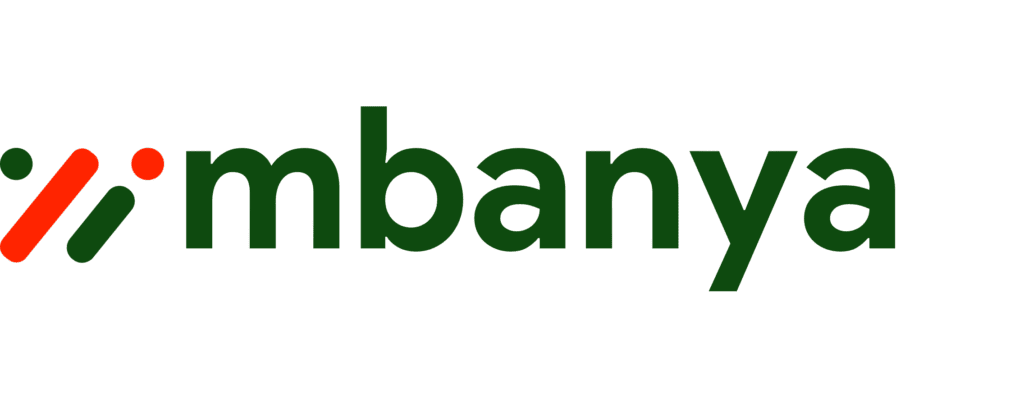The global digital therapeutics (DTx) market is accelerating at an unprecedented pace, with authoritative projections indicating it will reach a staggering $10.99 billion by the end of 2025. This explosive growth signifies a fundamental shift in healthcare delivery, moving beyond traditional pharmaceuticals and devices towards evidence-based software interventions that prevent, manage, or treat a widening spectrum of medical conditions. Understanding the digital therapeutics market size trajectory and the forces behind it is crucial for stakeholders across the healthcare ecosystem.
Beyond the Headline: What’s Fueling the DTx Boom?
This remarkable market expansion isn’t happening in a vacuum. Several interconnected DTx trends 2025 are acting as powerful catalysts:
- Escalating Chronic Disease Burden: Conditions like diabetes, cardiovascular disease, respiratory illnesses (e.g., COPD, asthma), mental health disorders (depression, anxiety, substance use), and neurological conditions (e.g., ADHD, insomnia) place immense strain on healthcare systems globally. DTx offers scalable, cost-effective solutions for ongoing management, improving patient outcomes and reducing hospitalizations.
- Validation and Regulatory Pathways: Regulatory bodies, notably the FDA (via its Digital Health Pre-Cert Program and specific clearances/approvals) and the EMA, are establishing clearer frameworks for evaluating and approving DTx as safe and effective medical interventions. This regulatory clarity is building trust among providers, payers, and patients, accelerating adoption.
- Technological Convergence: Advances in artificial intelligence (AI) and machine learning (ML) enable sophisticated personalization and real-time adaptation of therapeutic content. Seamless integration with wearables (tracking activity, sleep, glucose, etc.) and other connected health devices provides rich, objective data streams, enhancing intervention effectiveness and monitoring.
- Demand for Patient-Centric, Accessible Care: Patients increasingly seek convenient, self-managed care options. DTx platforms deliver therapy directly to smartphones or tablets, overcoming geographic barriers and offering flexible engagement, aligning perfectly with modern expectations.
- Shift Towards Value-Based Healthcare: Payers (insurers, employers, health systems) are actively seeking solutions that demonstrably improve outcomes while reducing overall costs. DTx, with its potential to prevent complications, reduce ER visits, and improve medication adherence, presents a compelling value proposition within value-based care models.
- The Rise of Prescription Digital Therapeutics (PDTs): A significant subset of DTx requires a prescription, similar to traditional drugs. These PDTs undergo rigorous clinical trials, are prescribed by physicians for specific conditions, and are increasingly being reimbursed, marking a major step towards integration into mainstream medicine.
Key Innovations Shaping the 2025 Landscape
The digital therapeutics market size growth is intrinsically linked to rapid innovation:
- Hyper-Personalization & Adaptive Algorithms: Moving beyond static programs, leading DTx leverage AI to continuously tailor interventions based on individual patient data, responses, and preferences, maximizing engagement and efficacy – a cornerstone of personalized medicine growth.
- Immersive Therapeutics: Virtual Reality (VR) and Augmented Reality (AR) are emerging for pain management, phobia treatment, physical rehabilitation, and mental health therapies, offering powerful, engaging experiences.
- Advanced Remote Patient Monitoring (RPM) Integration: DTx is becoming a core component of RPM strategies, providing not just data collection but also real-time therapeutic feedback and intervention based on the monitored parameters.
- Focus on Combination Therapies: DTx is increasingly designed to complement traditional treatments (e.g., medication + digital CBT for depression), enhancing overall therapeutic effectiveness.
- Predictive Analytics: Leveraging patient data within DTx platforms to identify early signs of deterioration or non-adherence, enabling proactive clinical intervention.
The Road Ahead: Significance and Challenges
Reaching a digital therapeutics market size of nearly $11 billion in 2025 underscores DTx’s transition from niche to necessity. It represents:
- Democratization of Specialized Care: Making effective behavioral and therapeutic interventions accessible to broader populations.
- Empowerment of Patients: Providing tools for active self-management and improved health literacy.
- Data-Driven Healthcare: Generating real-world evidence to continuously refine treatments and understand disease progression.
Challenges remain, including ensuring equitable access (digital divide), securing sustainable reimbursement models across all markets, navigating evolving global regulations, maintaining robust data privacy and security, and demonstrating long-term real-world effectiveness and cost savings. However, the momentum is undeniable.
Final Thoughts
The projection of a $10.99 billion digital therapeutics market size by 2025 is a powerful testament to the transformative potential of this field. Driven by the convergence of clinical validation, technological advancement, patient demand, and healthcare economics, DTx is rapidly moving from promise to practice. The key DTx trends 2025 – particularly regulatory acceptance, AI-driven personalized medicine growth, and integration into prescriptive and value-based care – are not just shaping a market; they are fundamentally reshaping how we prevent, manage, and treat disease, paving the way for a more accessible, effective, and personalized future of healthcare. Stakeholders who embrace and adapt to this digital evolution will be best positioned to lead.


Leave a Reply
You must be logged in to post a comment.